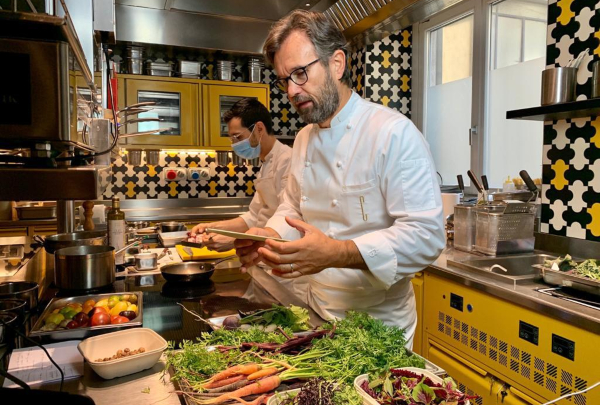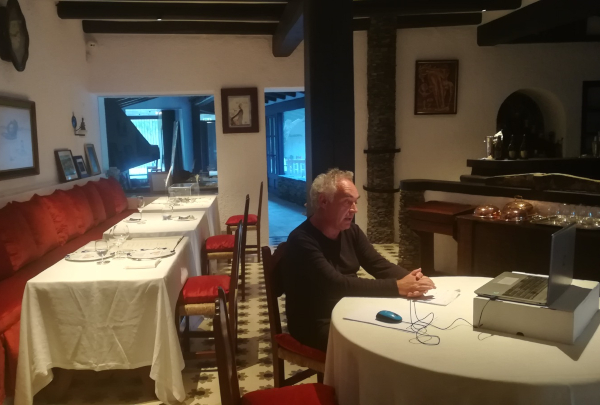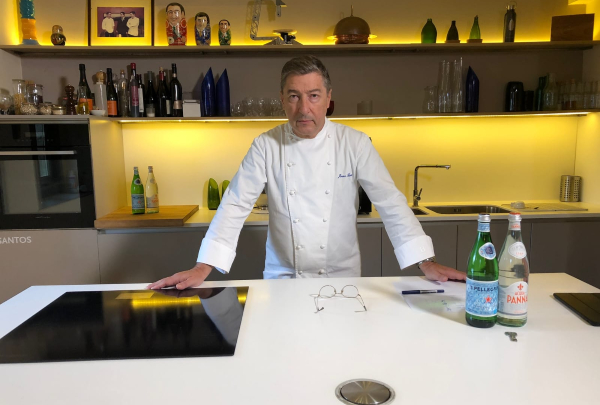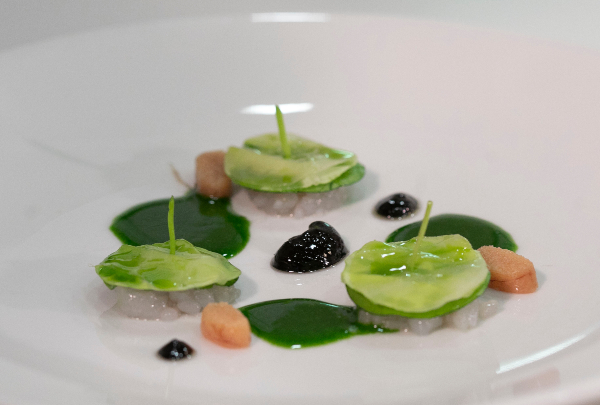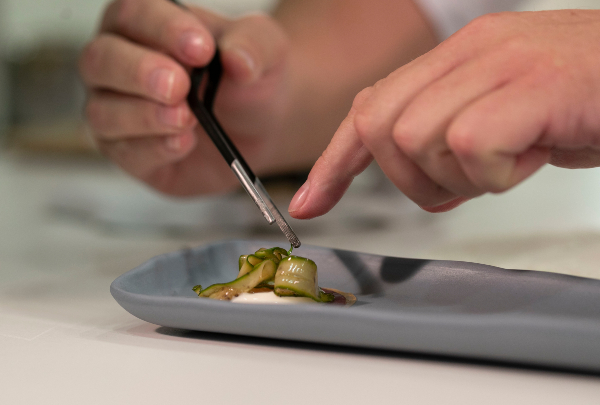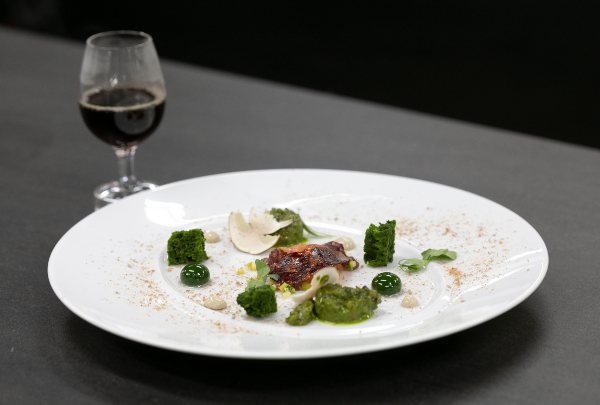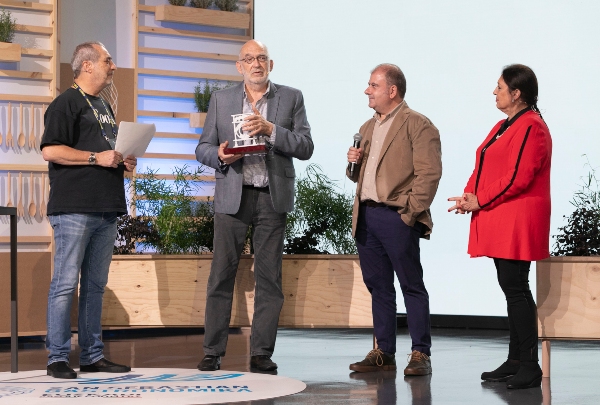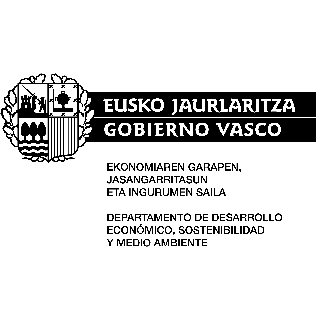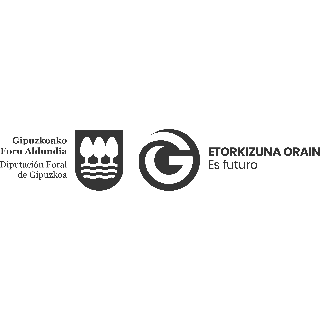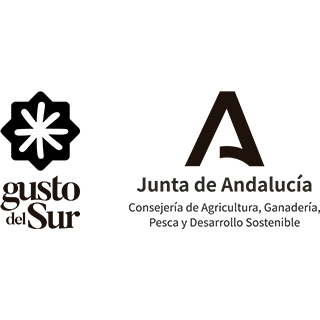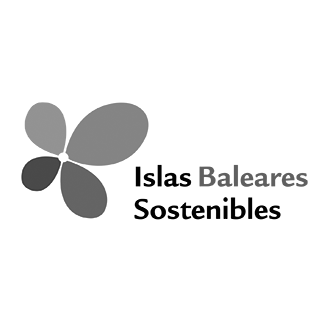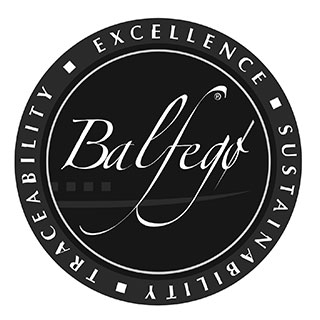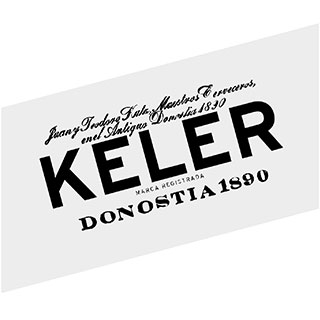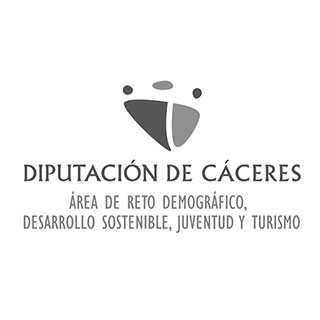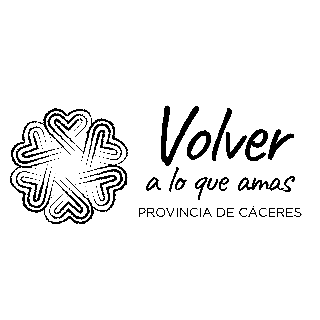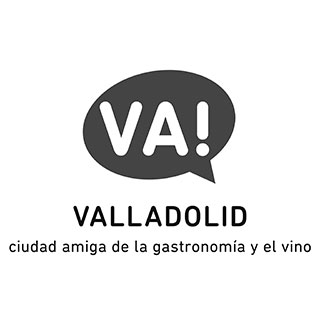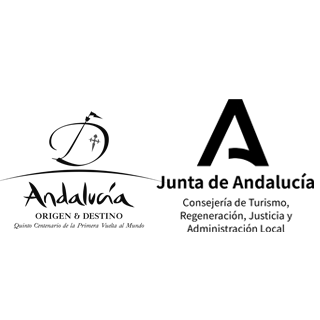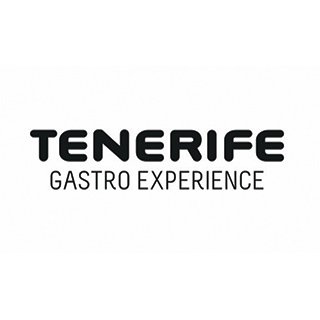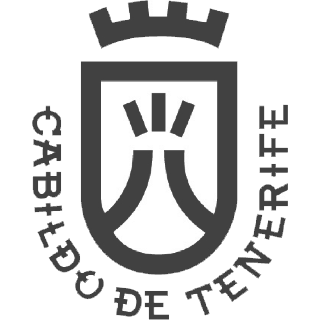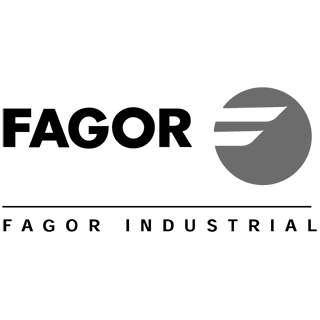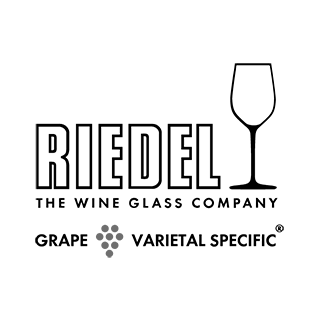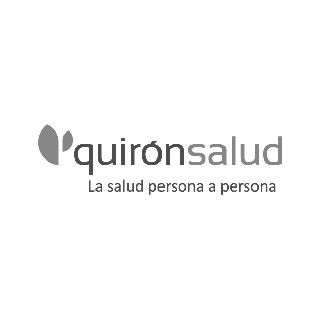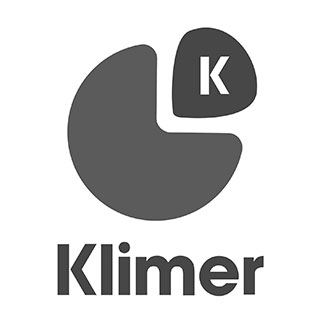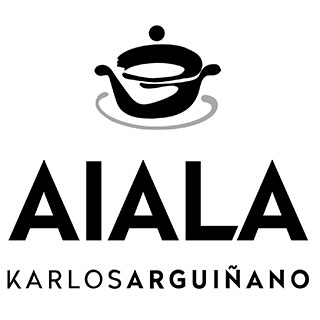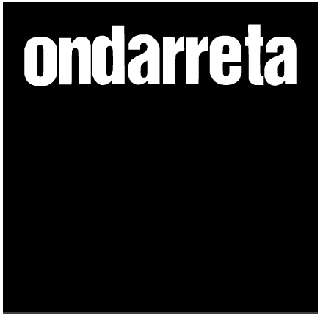News
Andreu Genestra: “Trees as another cooking ingredient”
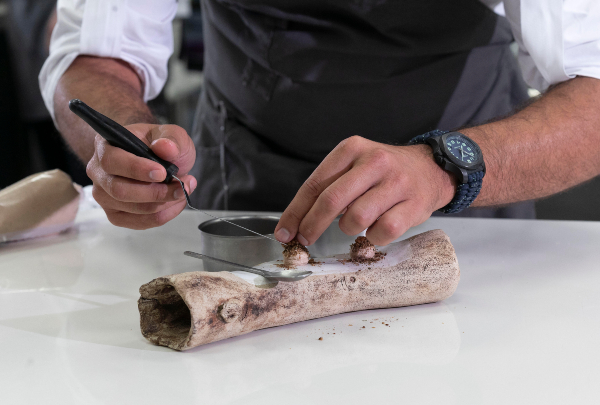
Majorcan chef Andreu Genestra opens up a new culinary path in his approach based on using trees as another ingredient in his recipes. During the presentation, which was sponsored by the Balearic Islands Strategic Tourism Agency, he added this approach to the concept of the landscape on the plate by preparing a few snacks.
After watching a video showing the landscape surrounding the Andreu Genestra restaurant (located in the Hotel Predí de Son Jaumell, in Capdepera, Majorca), the chef told us how his desire to make the most of this environment led him to include trees in his recipe book. “Local no longer refers just to small producers, but to everything that surrounds us, so we considered using more than just fruit from the trees”, Genestra explained. The study and research into this new approach began immediately, starting with the carob tree. “We wanted our snacks to be vegan, so we felt that, given the glycemic and caloric power of carob and its classification as a superfood, it was a good way to start”.
This theme resulted in a brown glacé, made from carob and inspired by mole sauce, accompanied by a ‘chimichurri’ with a spicy, acidic note, salt-dried maize and tender carob leaves that were blanched and then fried in a frying pan.
The tree chosen for the second snack was the cypress. Using a 'Bullian' technique, the balls that hang from the branches were turned into a molasses. He also grated them to finish off his snack: ‘robiol’ (a typical Majorcan sweet) with roasted pumpkin gelée and cream of cauliflower. All of this was bathed in molasses and sprinkled with cypress powder. Genestra pointed out that one of his concerns as a cook when preparing dishes is allergies. “We try to incorporate as few allergens as possible in our snacks, so we make flours and powders with other ingredients than the usual ones. This allows us to increase reaction time in case we have to make changes to the menu later”, the chef declared.
According to Andreu, the walnut tree was the most difficult tree to add to the recipe book. “Our lives go by at such a fast pace that we don't know how to listen, we don't know how to read between the lines... that's why, from time to time, it's important to stop”, confessed the Majorcan. And it was by thinking about it that they realised that lichen was the ingredient that the walnut tree had to offer. “We dried it, fried it and added aromatic herbs”, he remarked. One of the phases to make the next snack involves soaking the nut for twelve hours, salting it three times and then ultra-cooking it in syrup to let it rest. The result is added to a salty nut cream, the lichen we mentioned above, mustard seeds, ‘piparra’ (a Basque chilli) and a small piece of walnut.
The pine was the tree chosen for the next snack. He used part of the bark to make a powder. This snack consisted of a Caesar salad bonbon bathed in an infusion of pine bark and coated in the aforementioned powder and a dollop of crème fraiche.
A new line of research has also emerged from the tree: the production of noodles. “It is an opportunity not to use flours and, in addition, to add flavour”, he commented. As it is a project that is in the development stage and for which there are no conclusions yet, Genestra prefers to wait before giving us more details.
The snack that concluded the presentation was based on the fig tree, a tree that is being revived on the island and for which, Andreu says, there is an experimental farm with more than 400 varieties. From there, it is used to produce a vegetable ‘sobrasada’. The stem of this tree's leaf is used to extract a white juice called ‘letrada’ - which shepherds used in their milk in the past - to make an infusion with rosemary and sourdough bread. After a few minutes it curdles and becomes a natural cheese to which the ‘sobrasada’ is added.
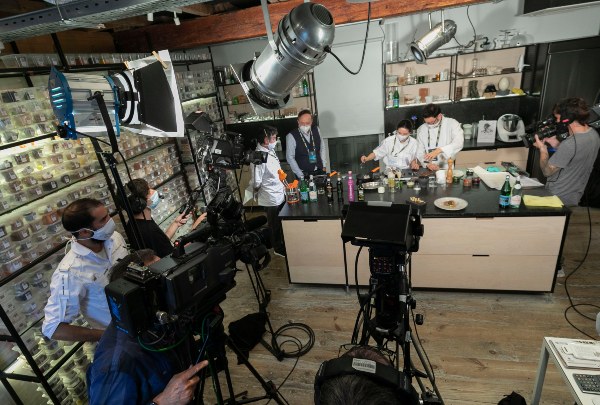
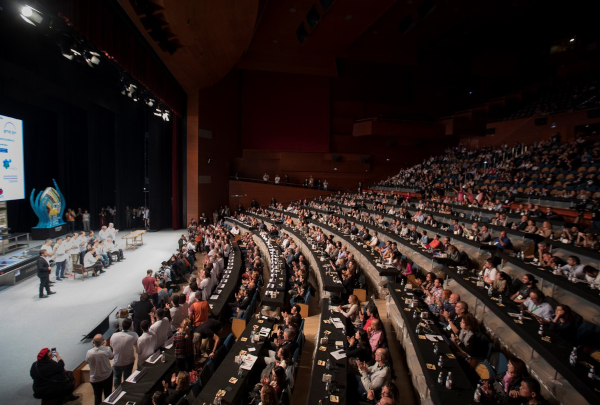
.jpg)
